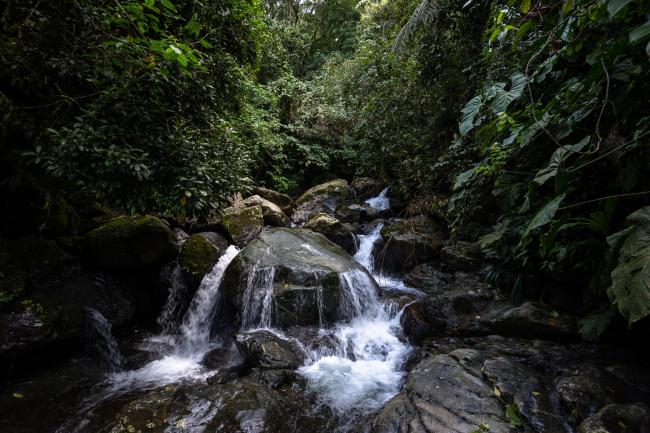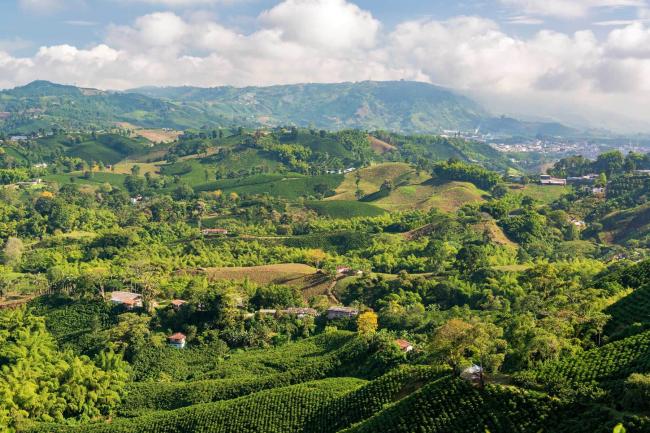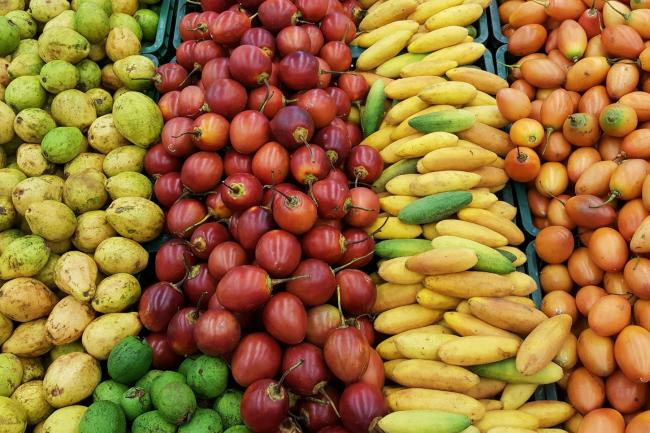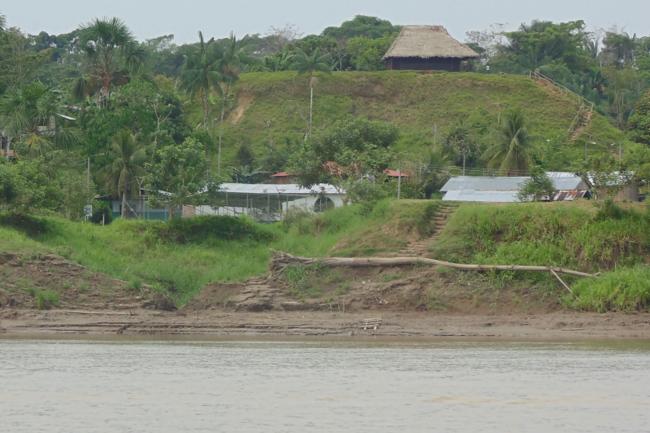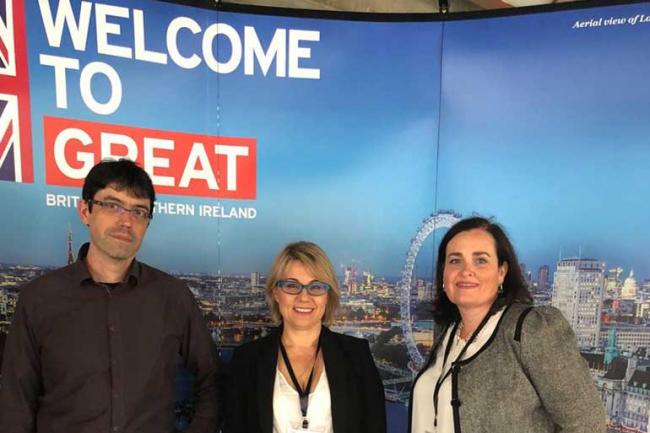Socioeconomic development is a major thrust of the GROW Colombia project. How do we conserve the rainforest while ensuring that livelihoods are not negatively impacted upon, particularly in a post-war economy where deforestation, if anything, has increased?
How can we harness the intrinsic value of biodiversity while benefiting local communities, making conservation more sustainable as a livelihood than farming or ranching, for example?
Ecotourism is one method, harnessing the unique aspects of the biodiversity of certain regions and ecosystems, including unique and interesting species such as the river dolphin.
Done properly this has the potential to reduce poverty, as long as local communities are properly involved, while also reducing negative impacts on biodiversity such as deforestation. On the other hand, there are examples where touring companies have deteriorated cultural heritage, while pushing unsustainable practices in certain regions.
It’s important, therefore, to study different types of ecotourism and their effects on ecosystems and indigenous populations. If ecotourism is negatively affecting biodiversity and/or local populations, then it can hardly be called sustainable.
The GROW socioeconomic programme, led by Earlham Institute and the University of East Anglia (UEA) in collaboration with key Colombian partners, presents a great opportunity to evaluate different ecotourism practices, addressing specifically those that can contribute to biodiversity conservation and poverty reduction.










